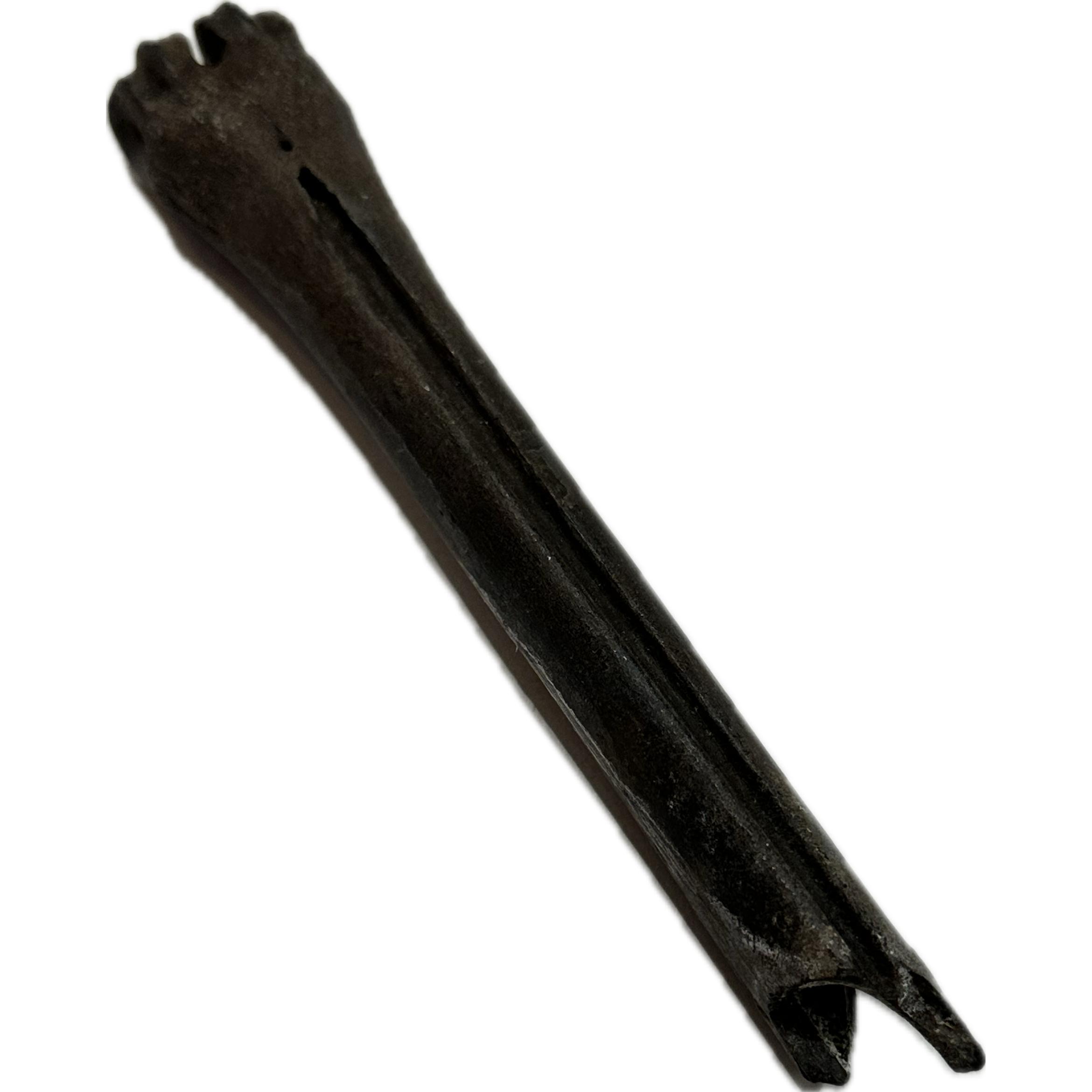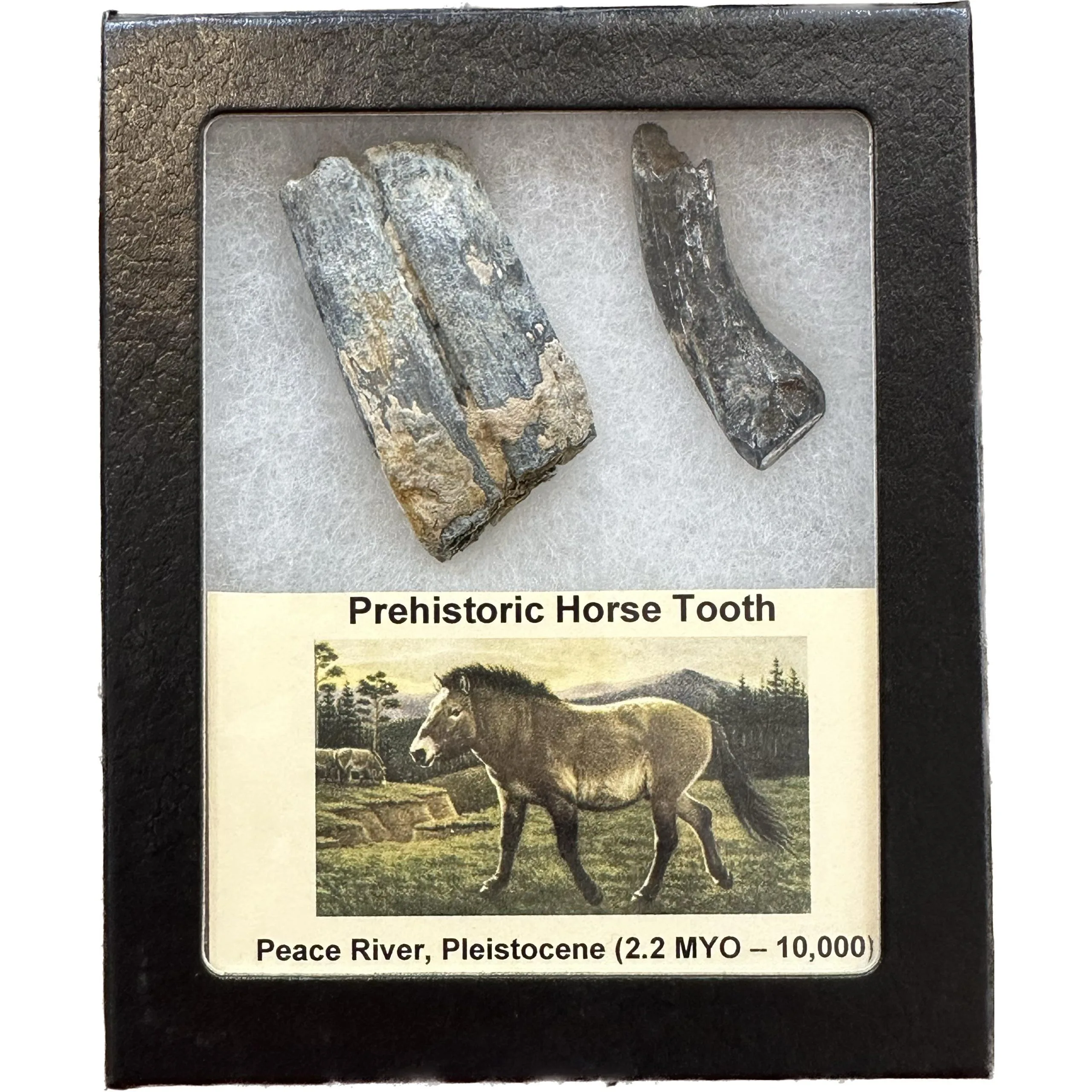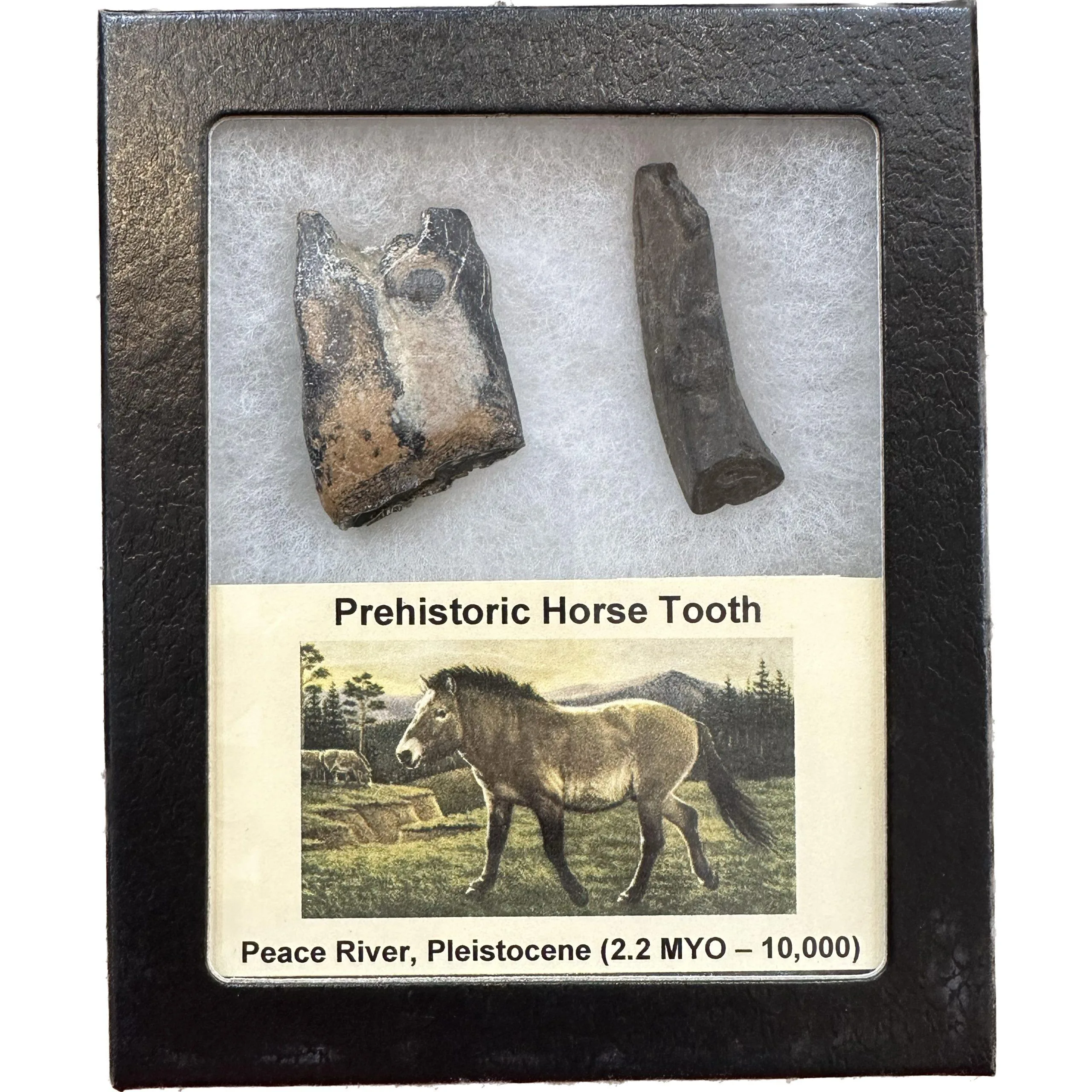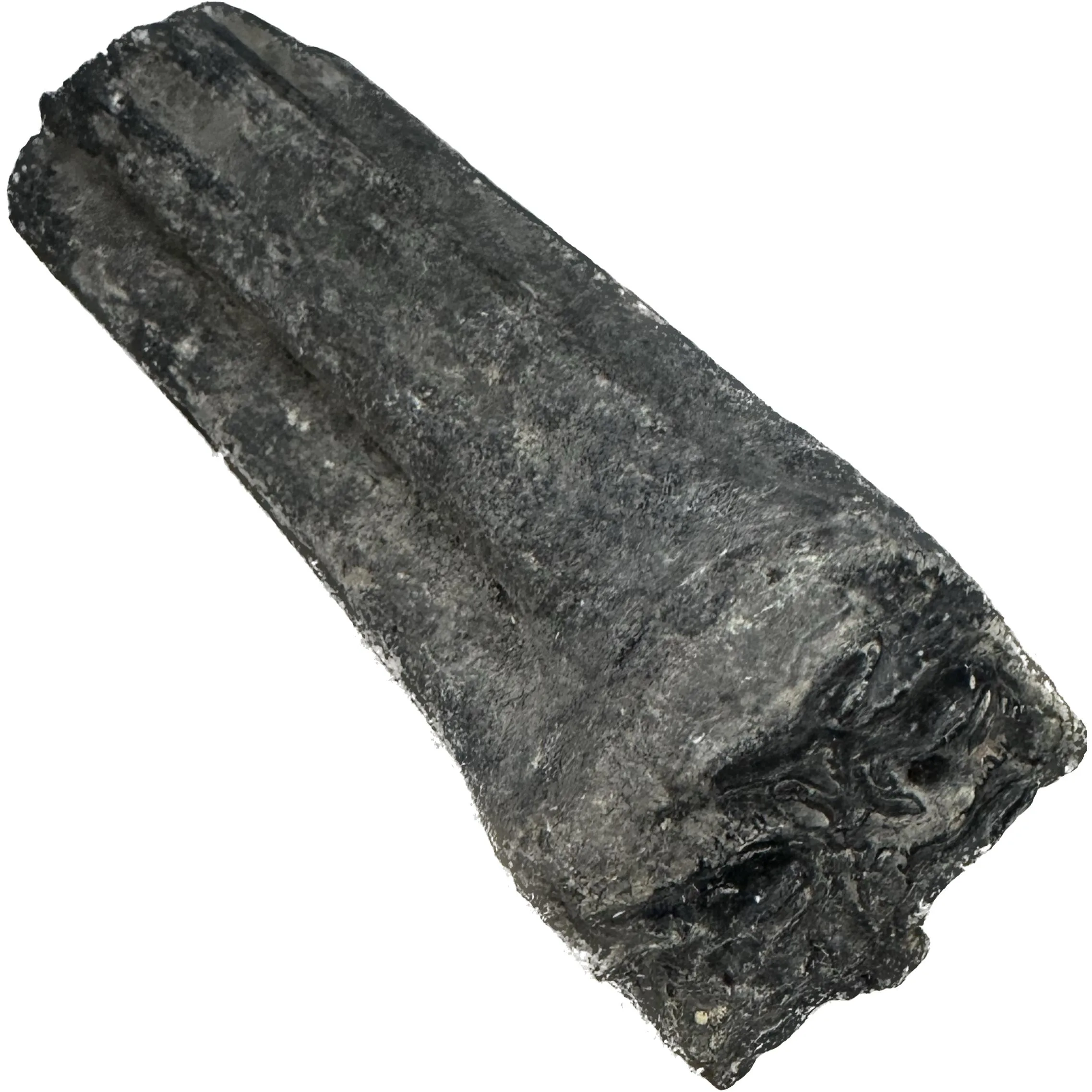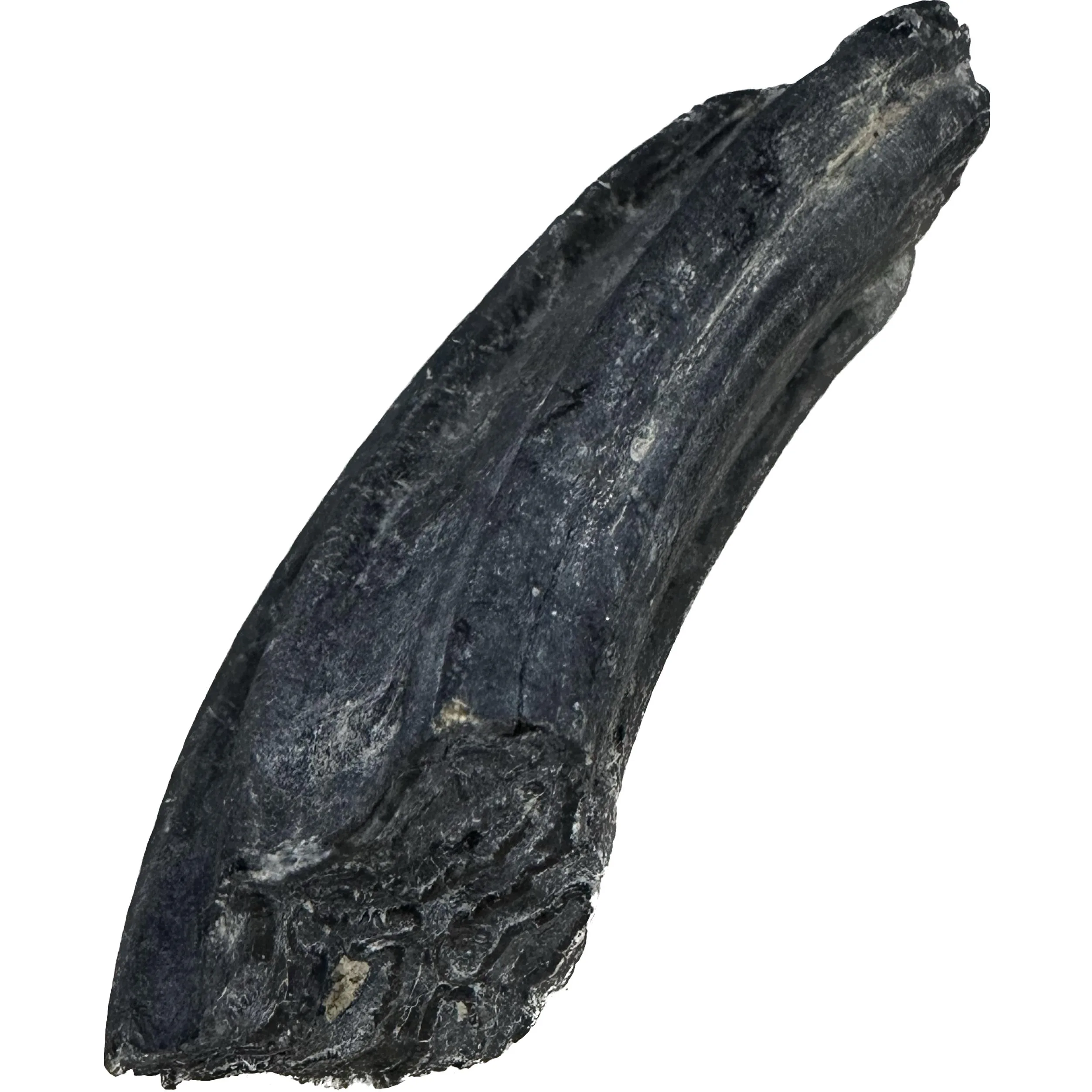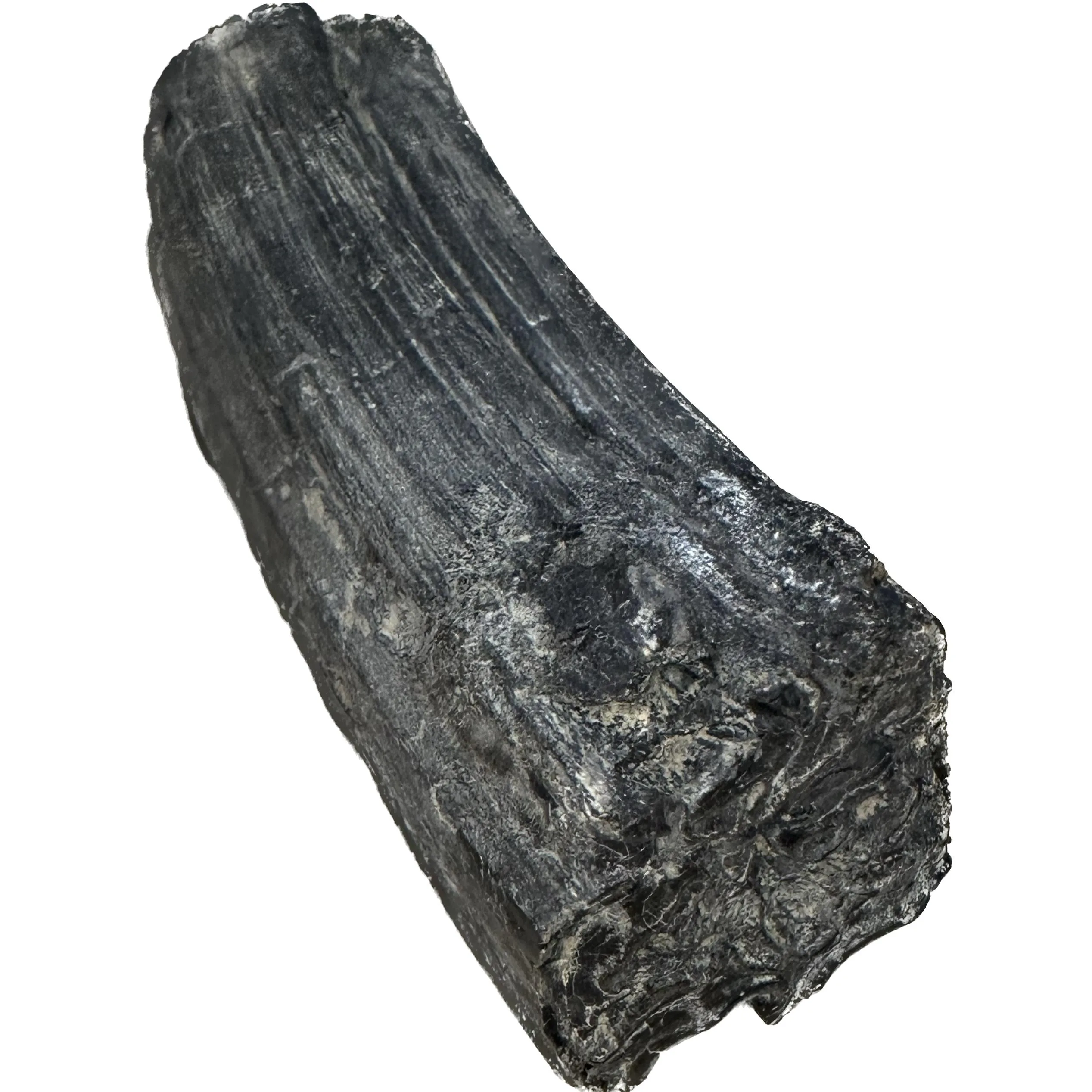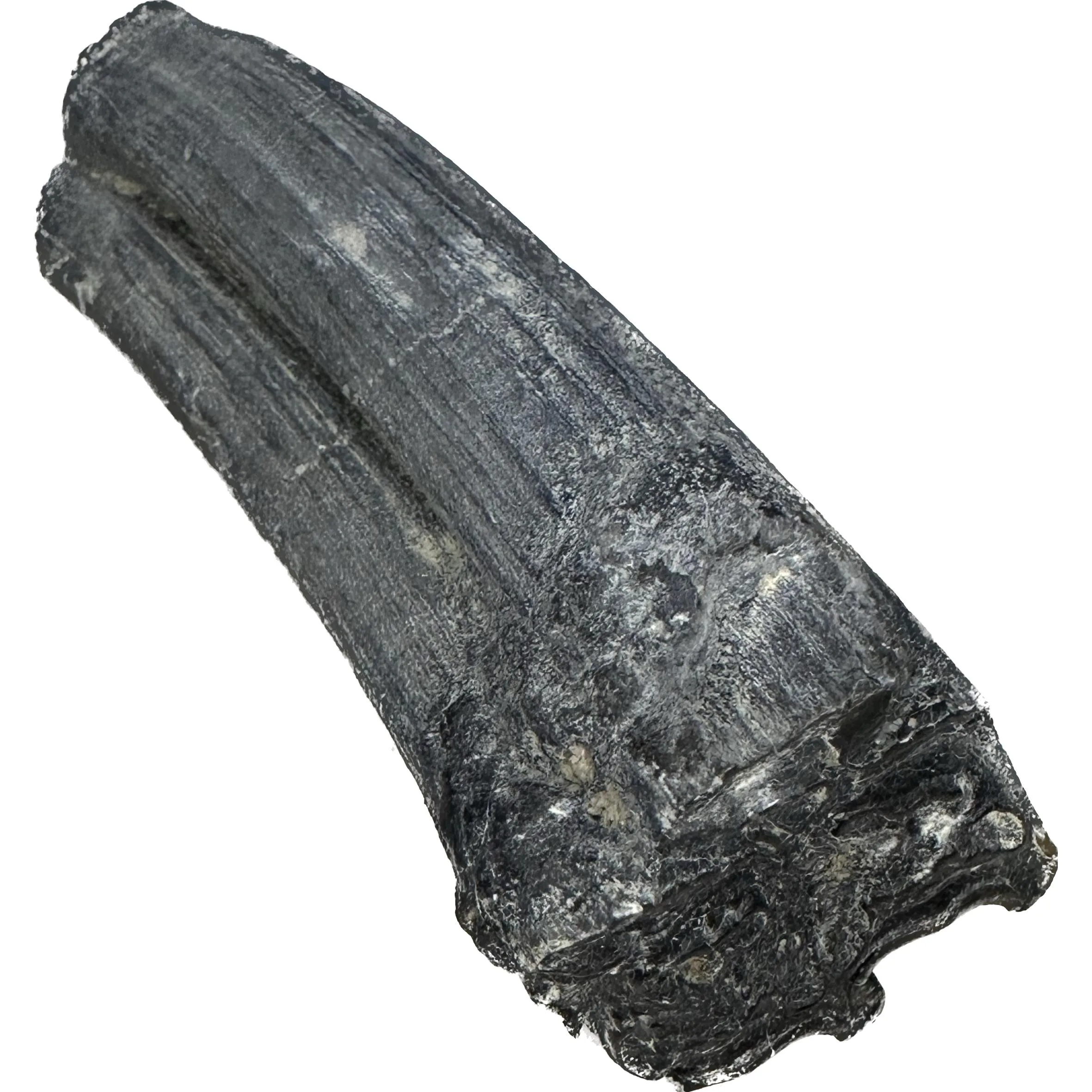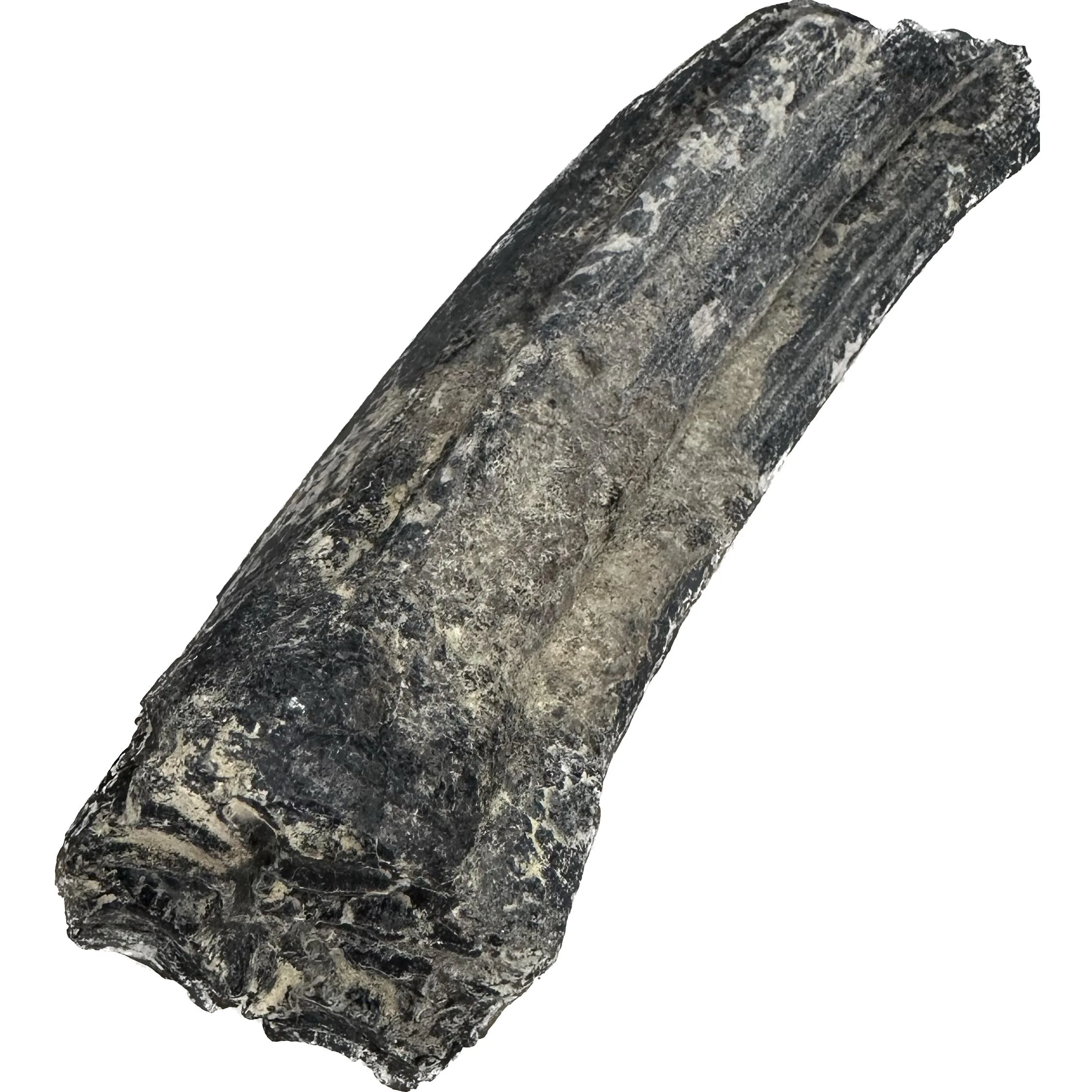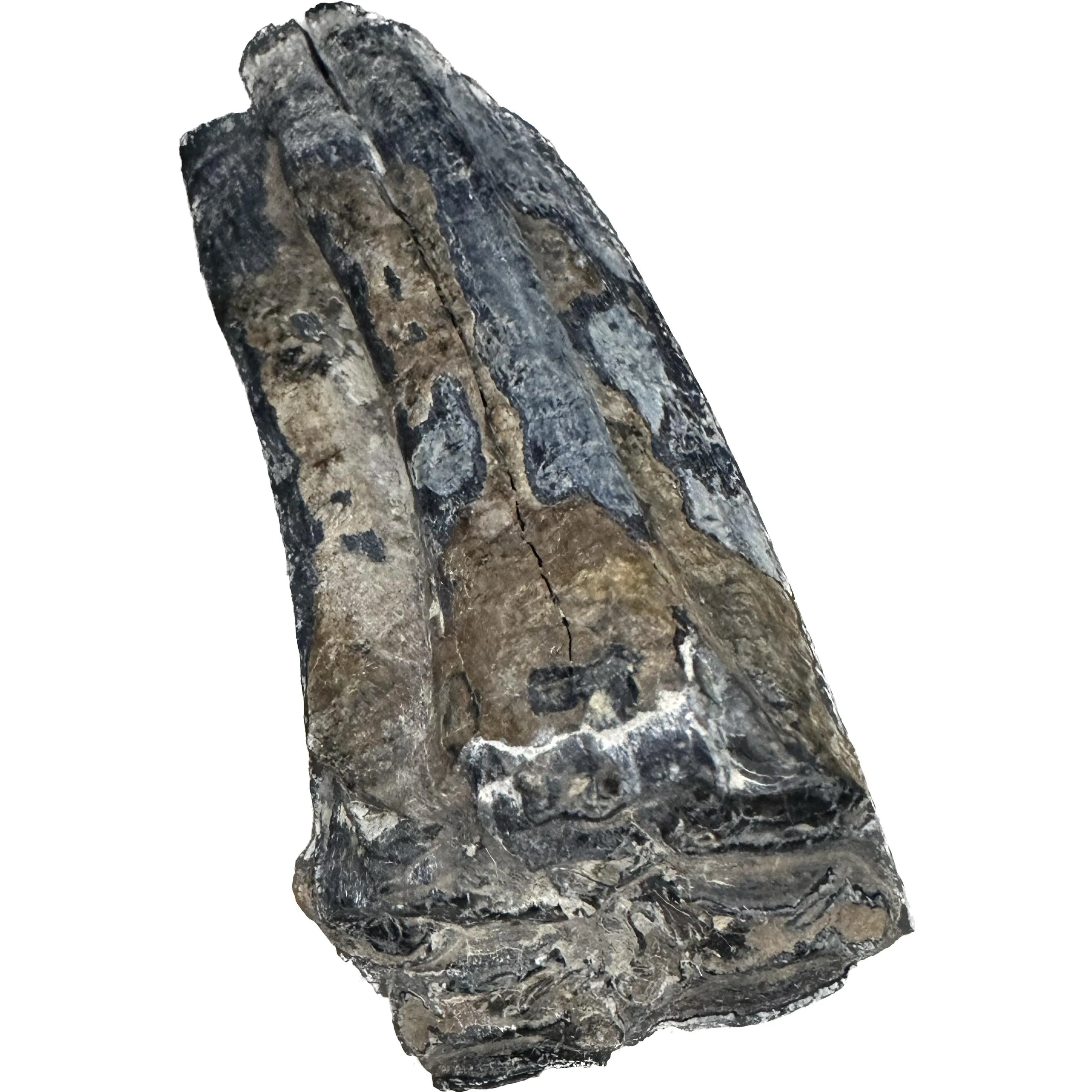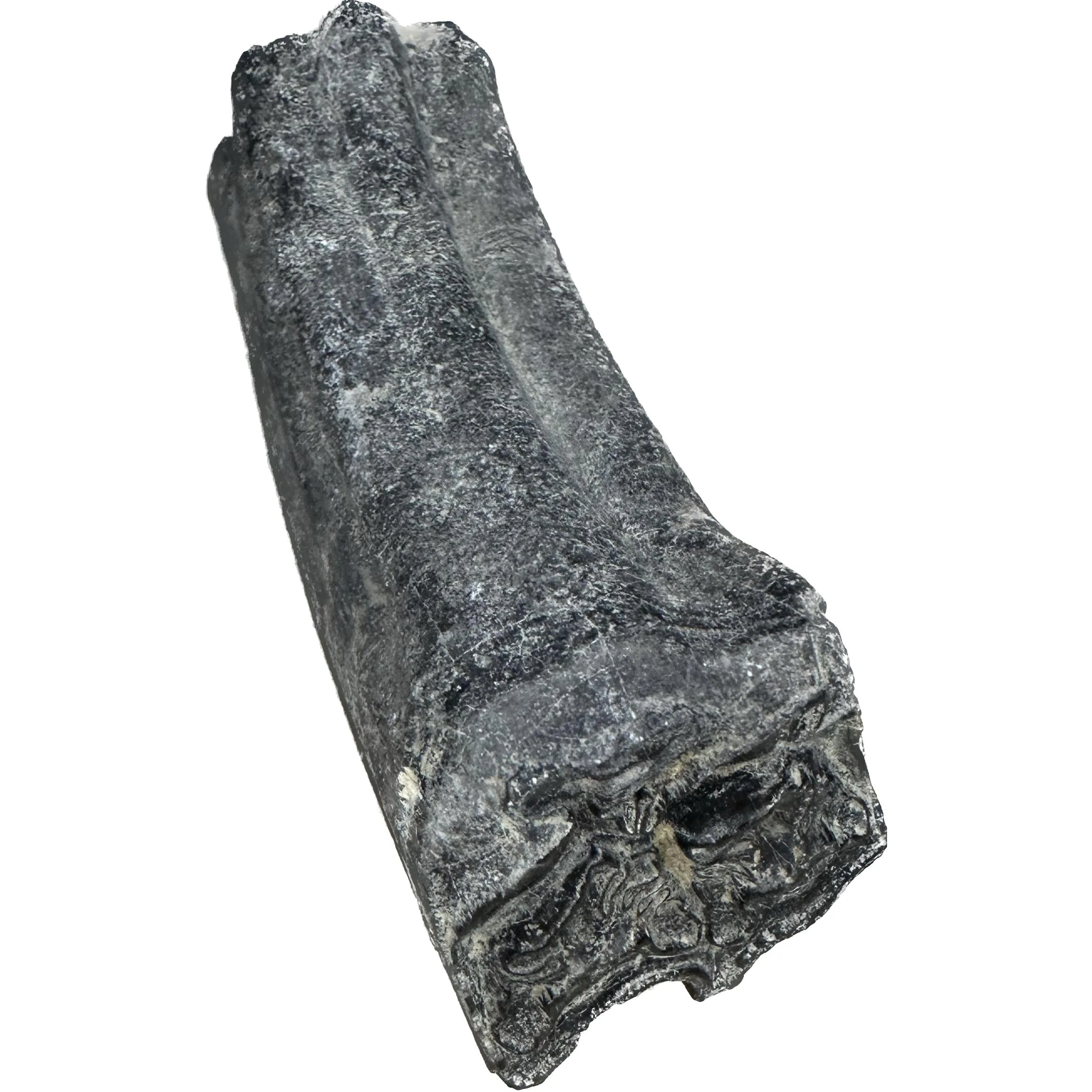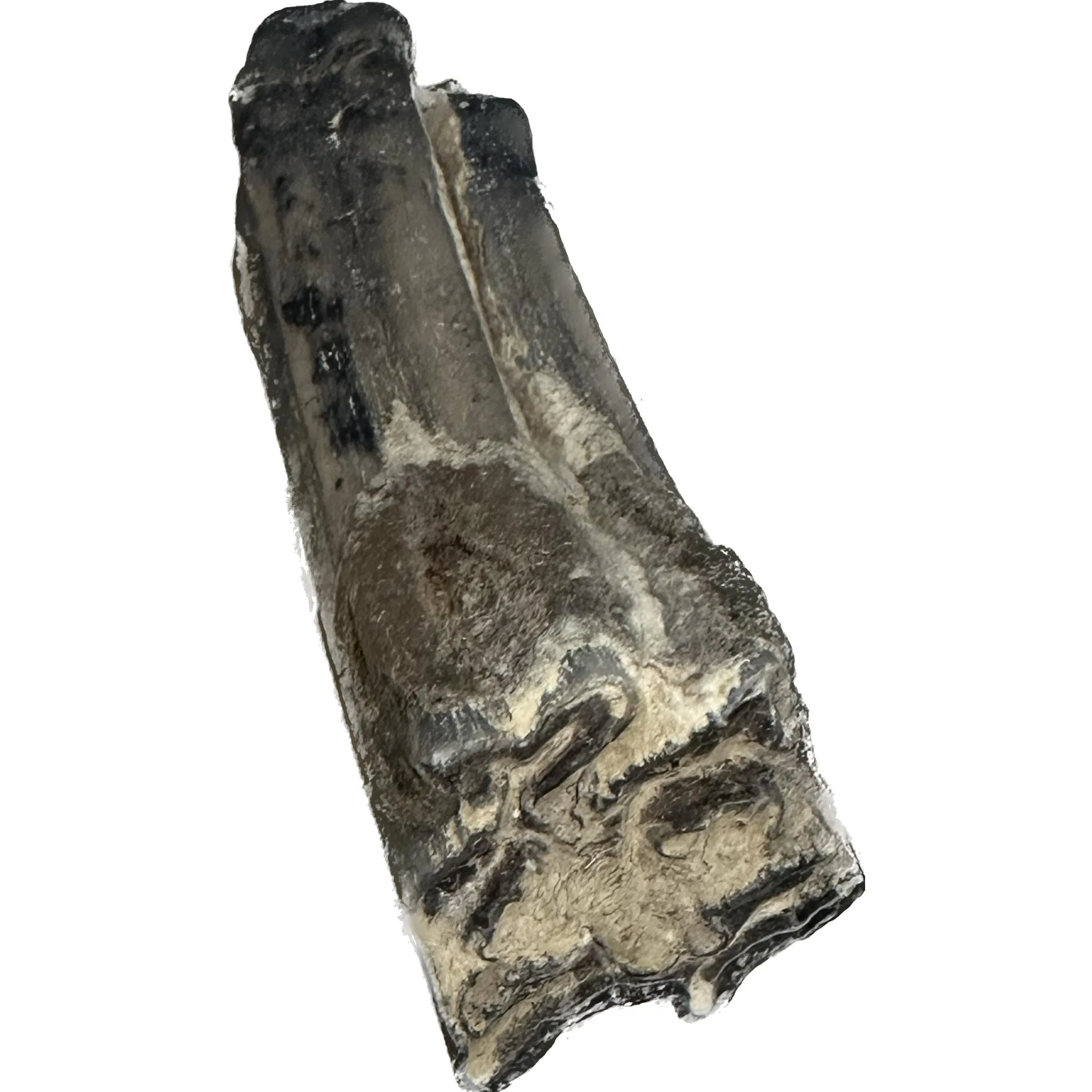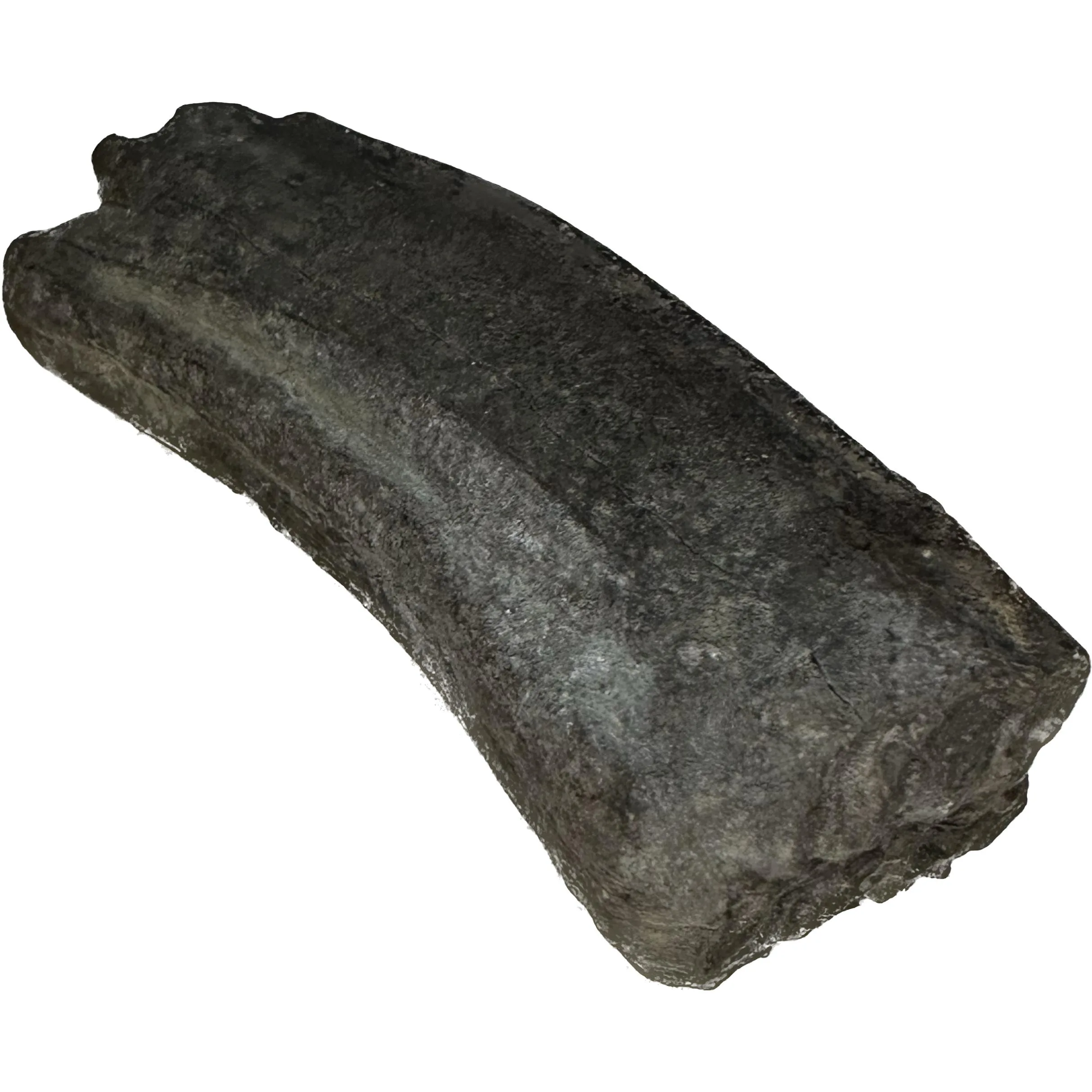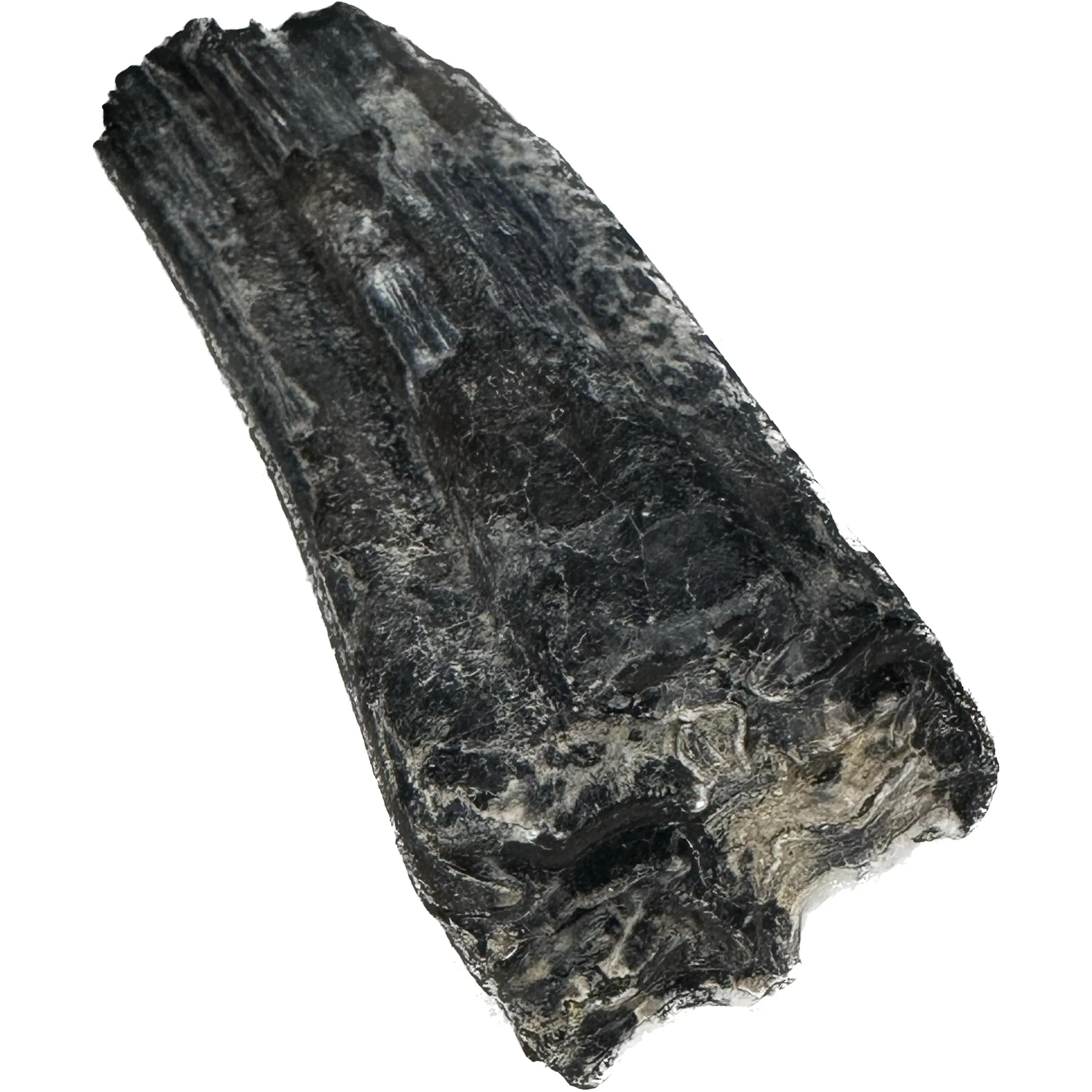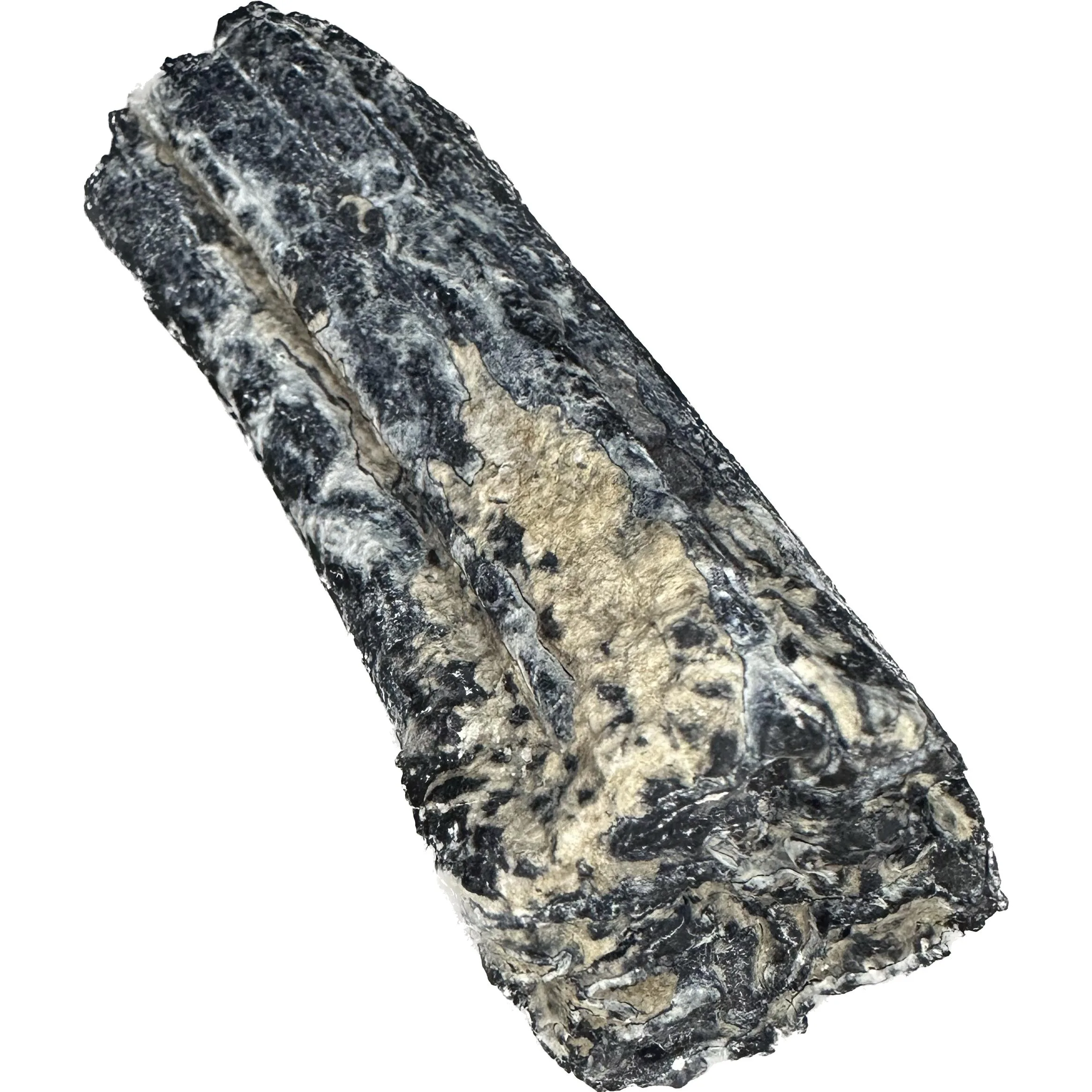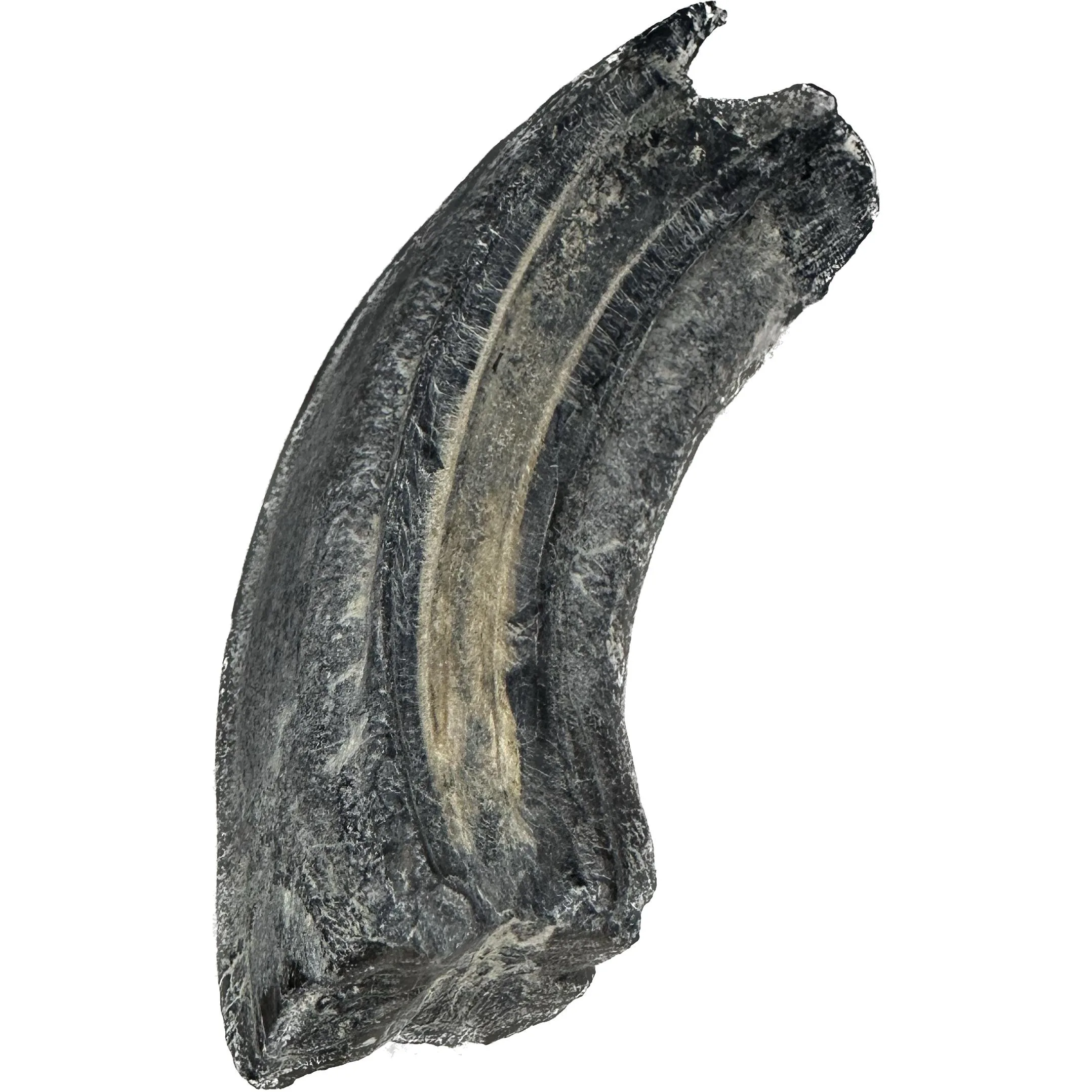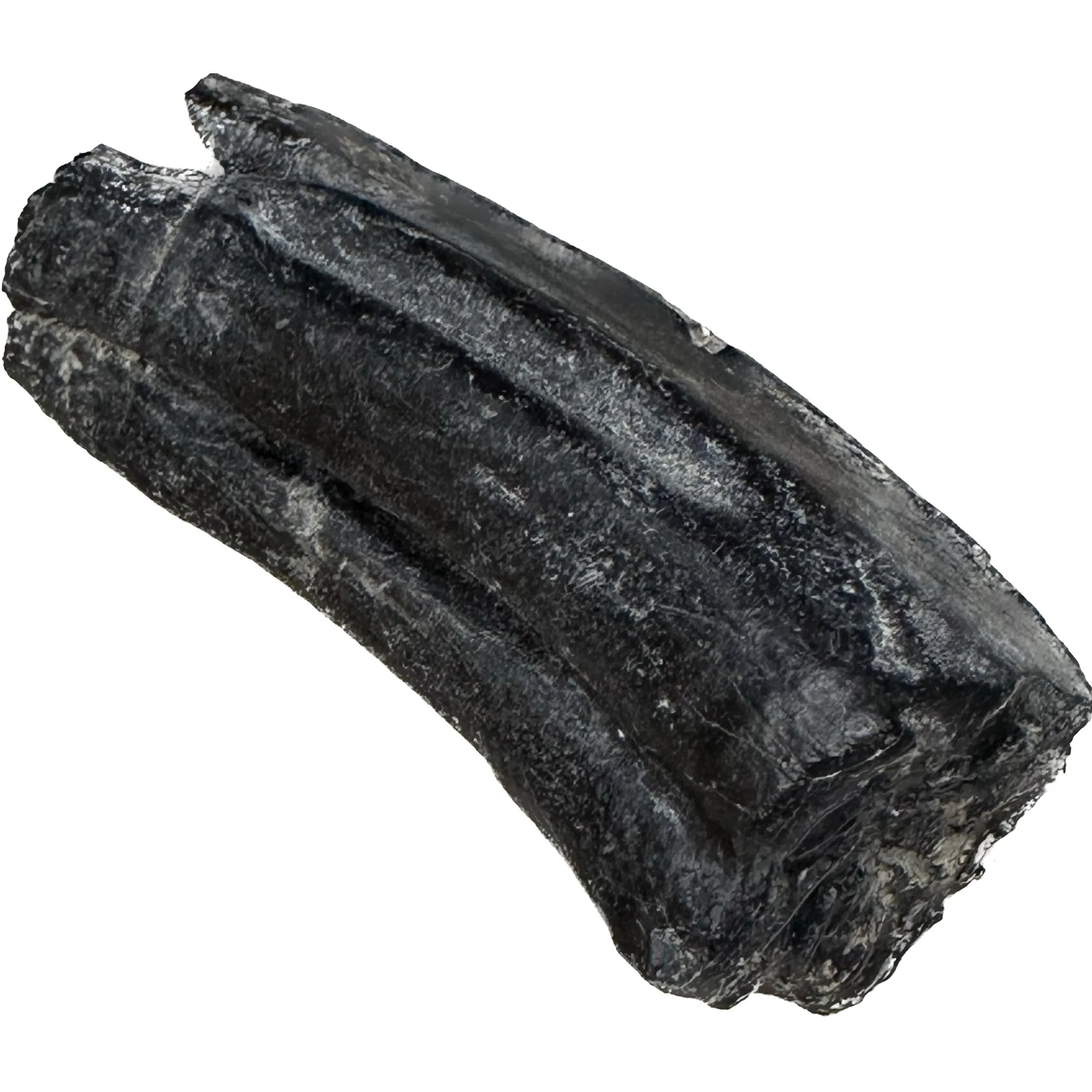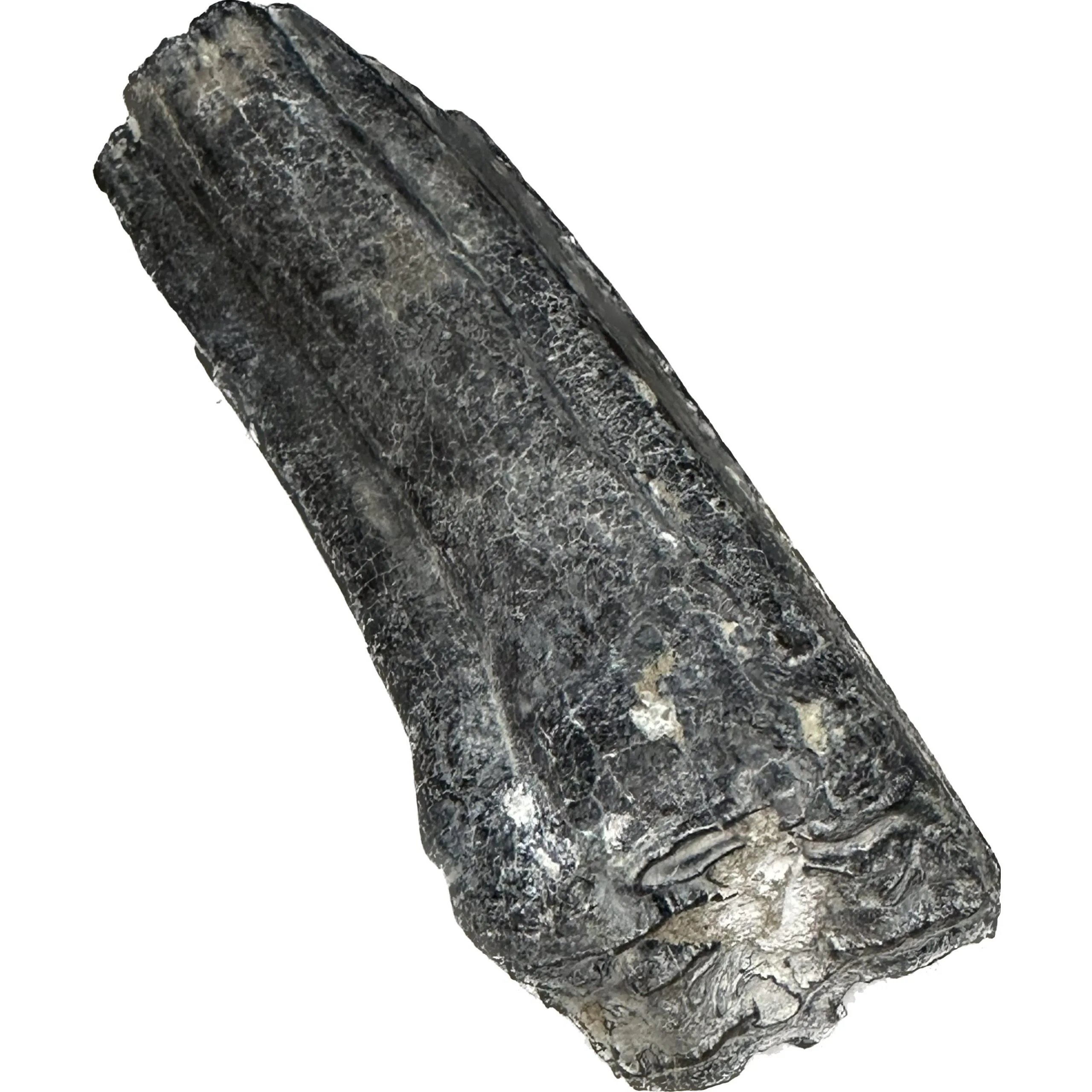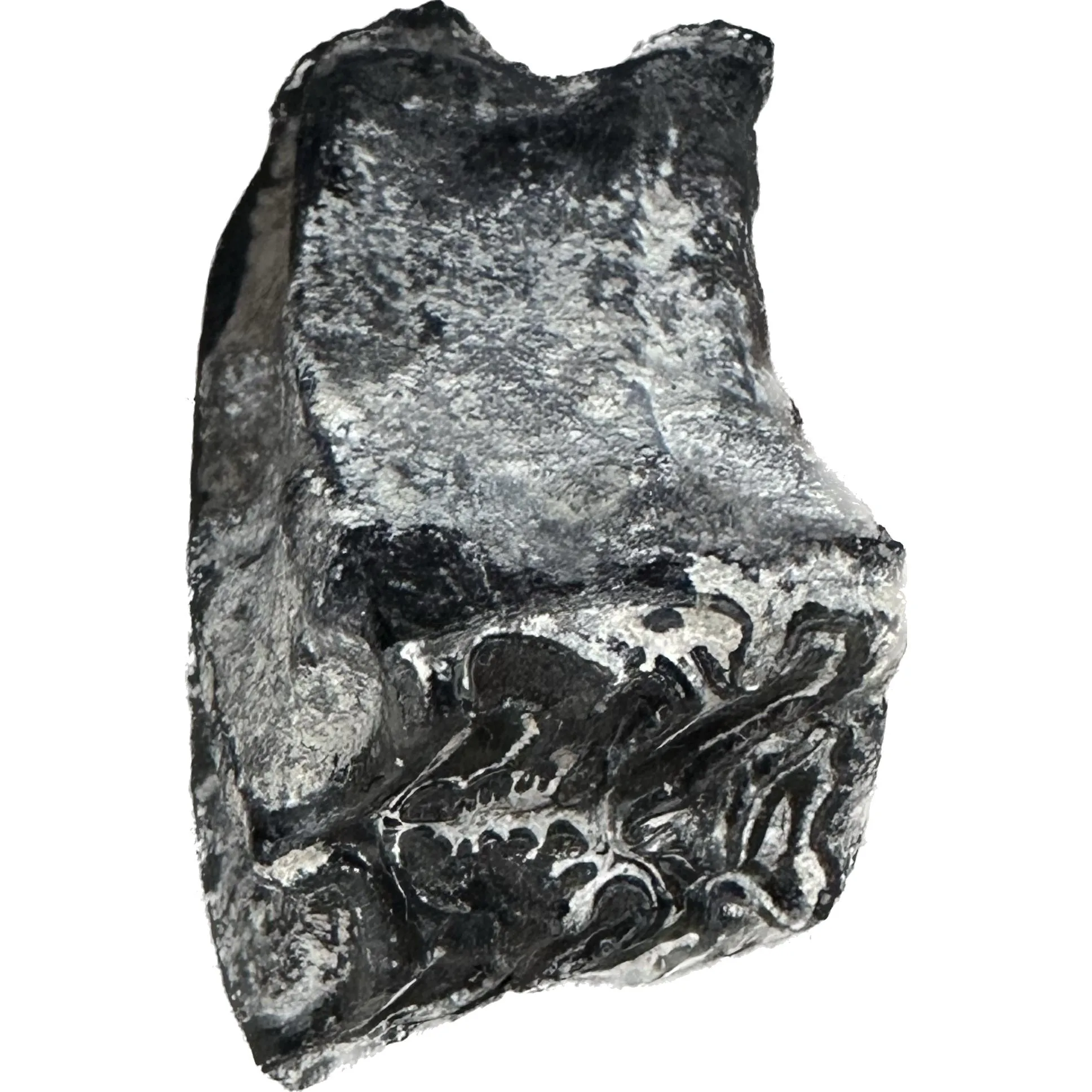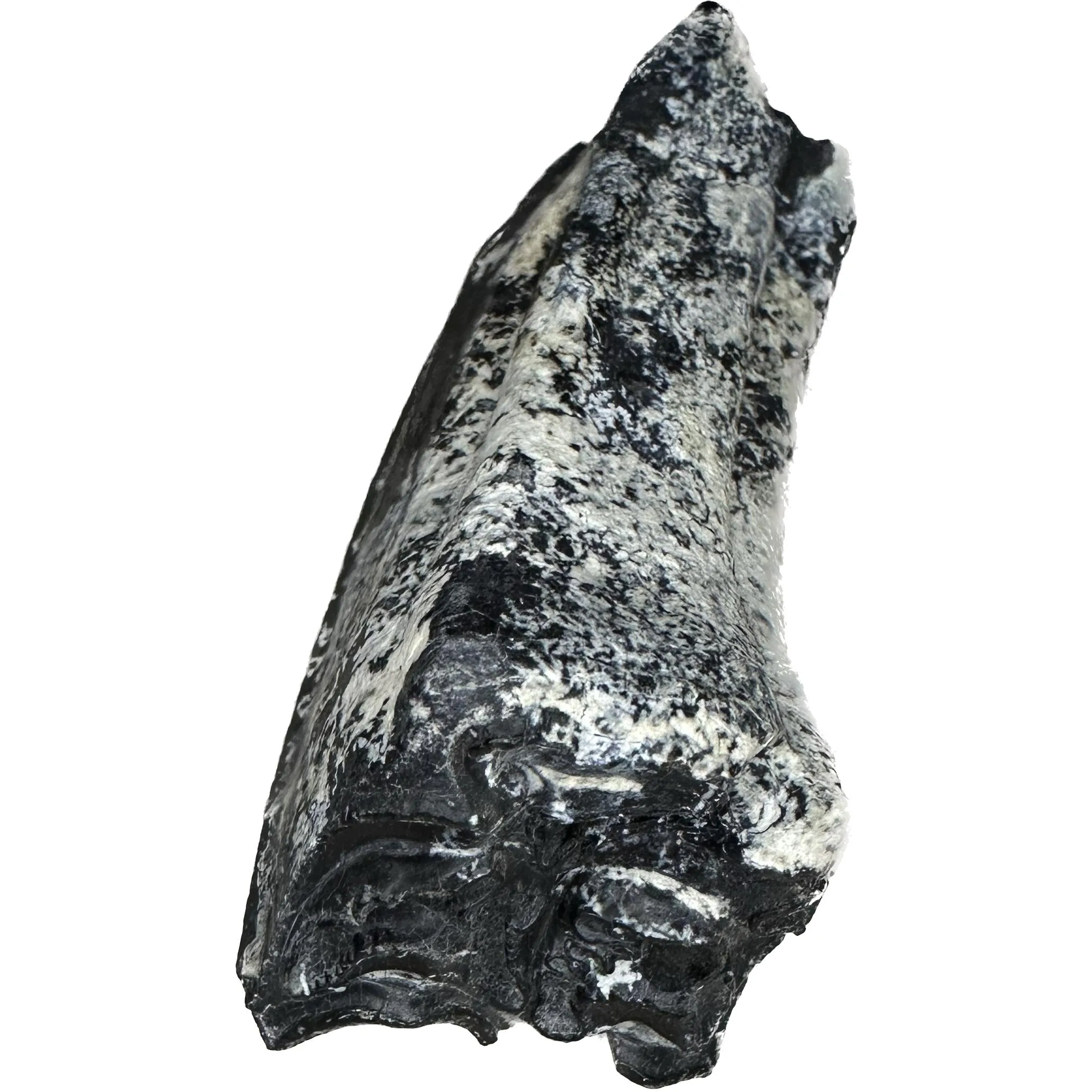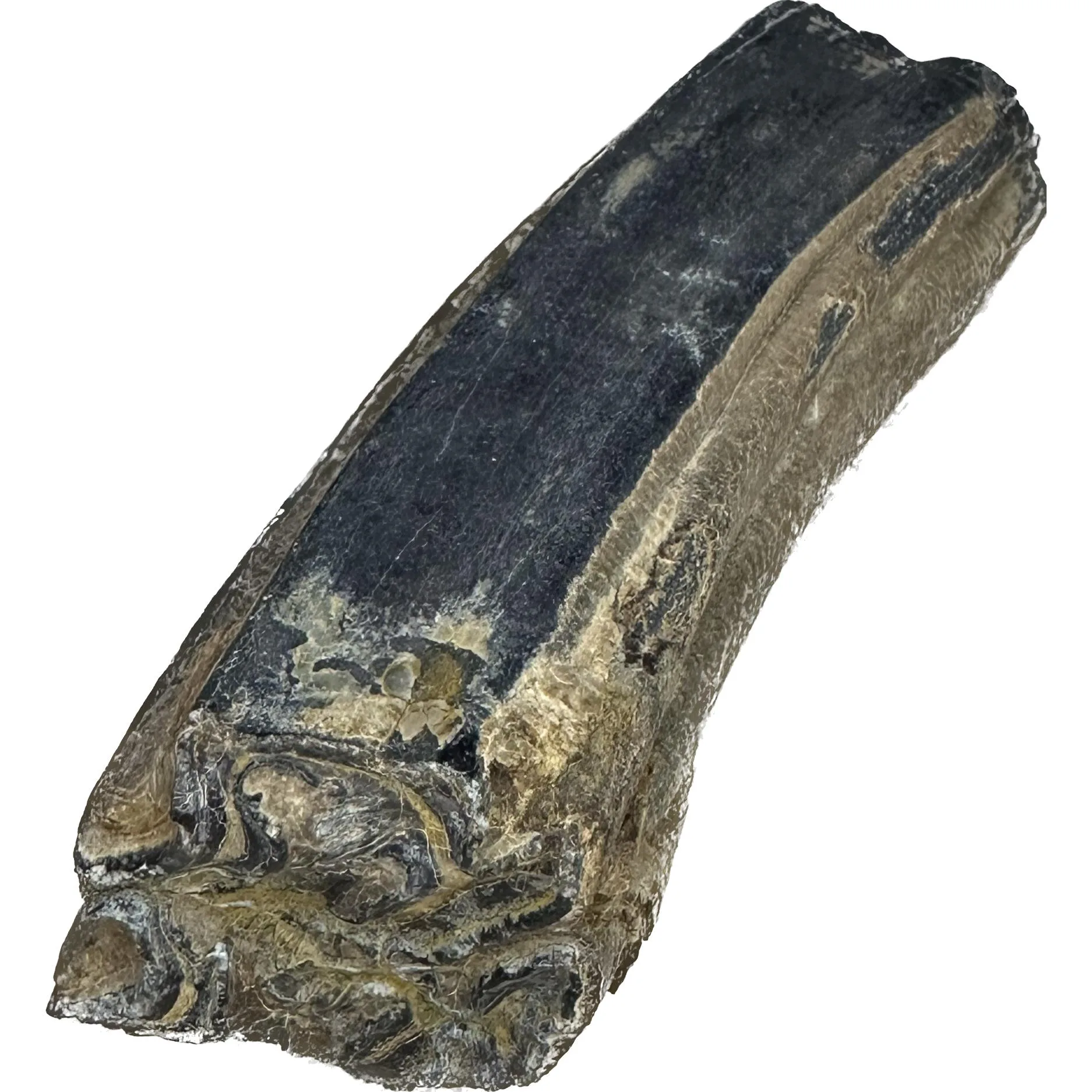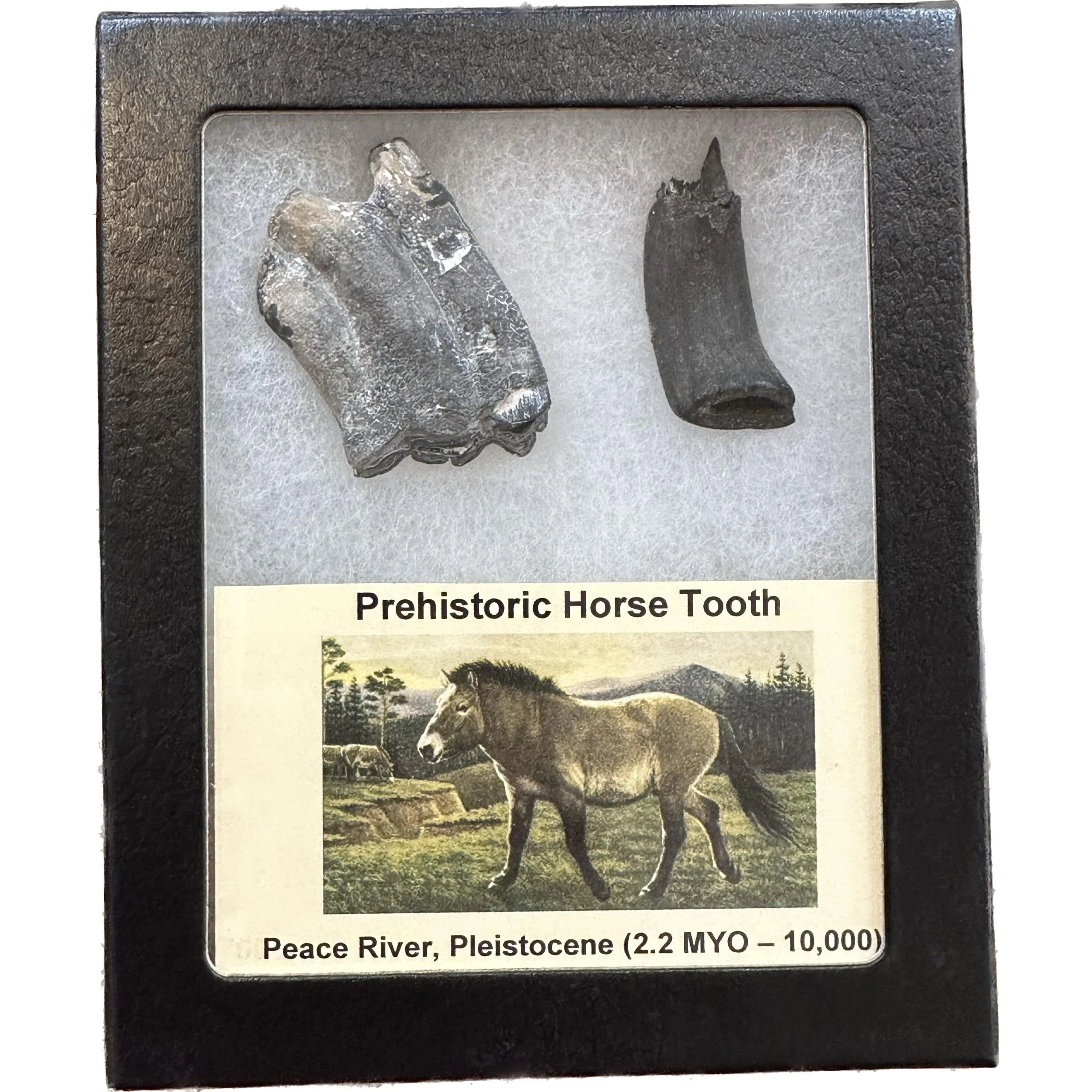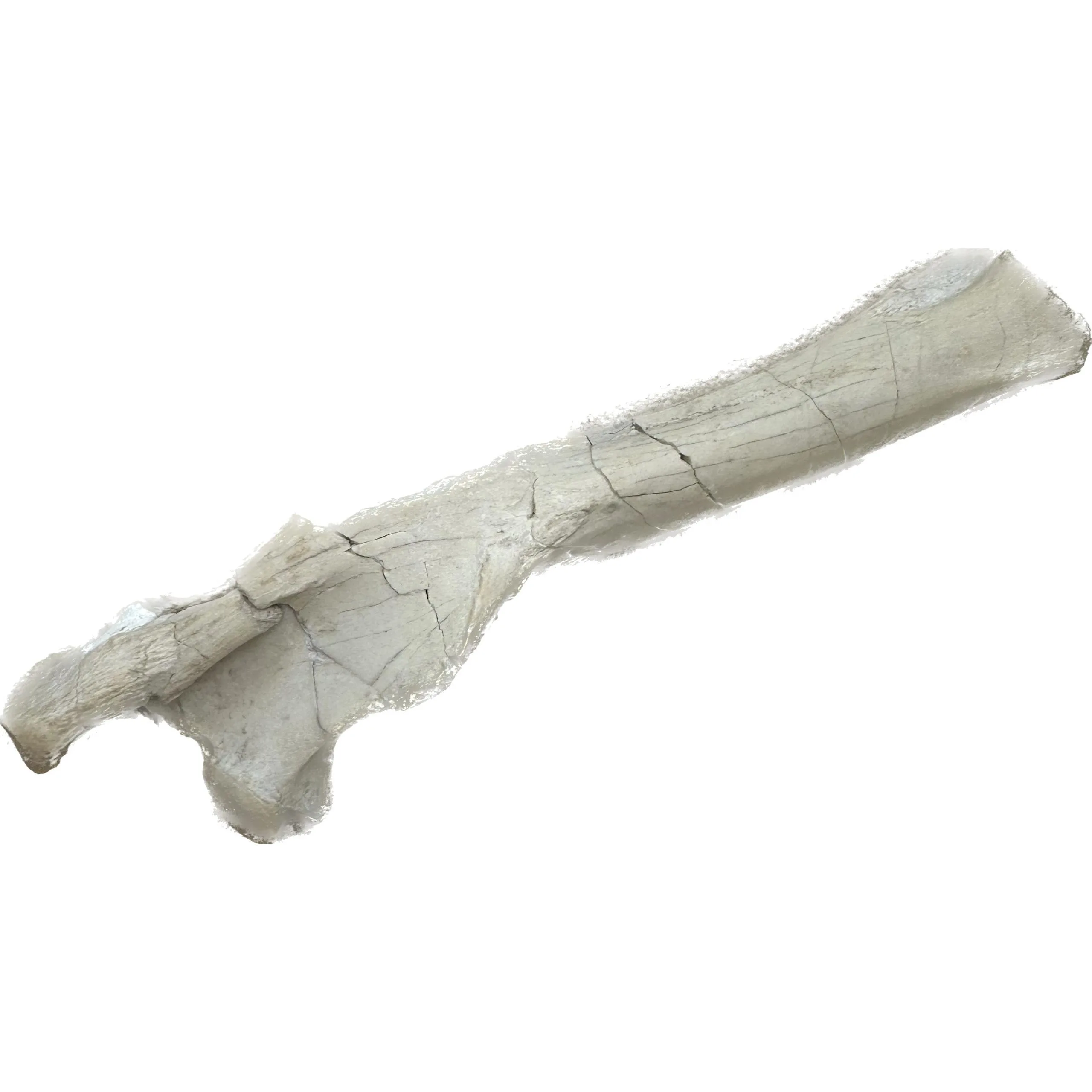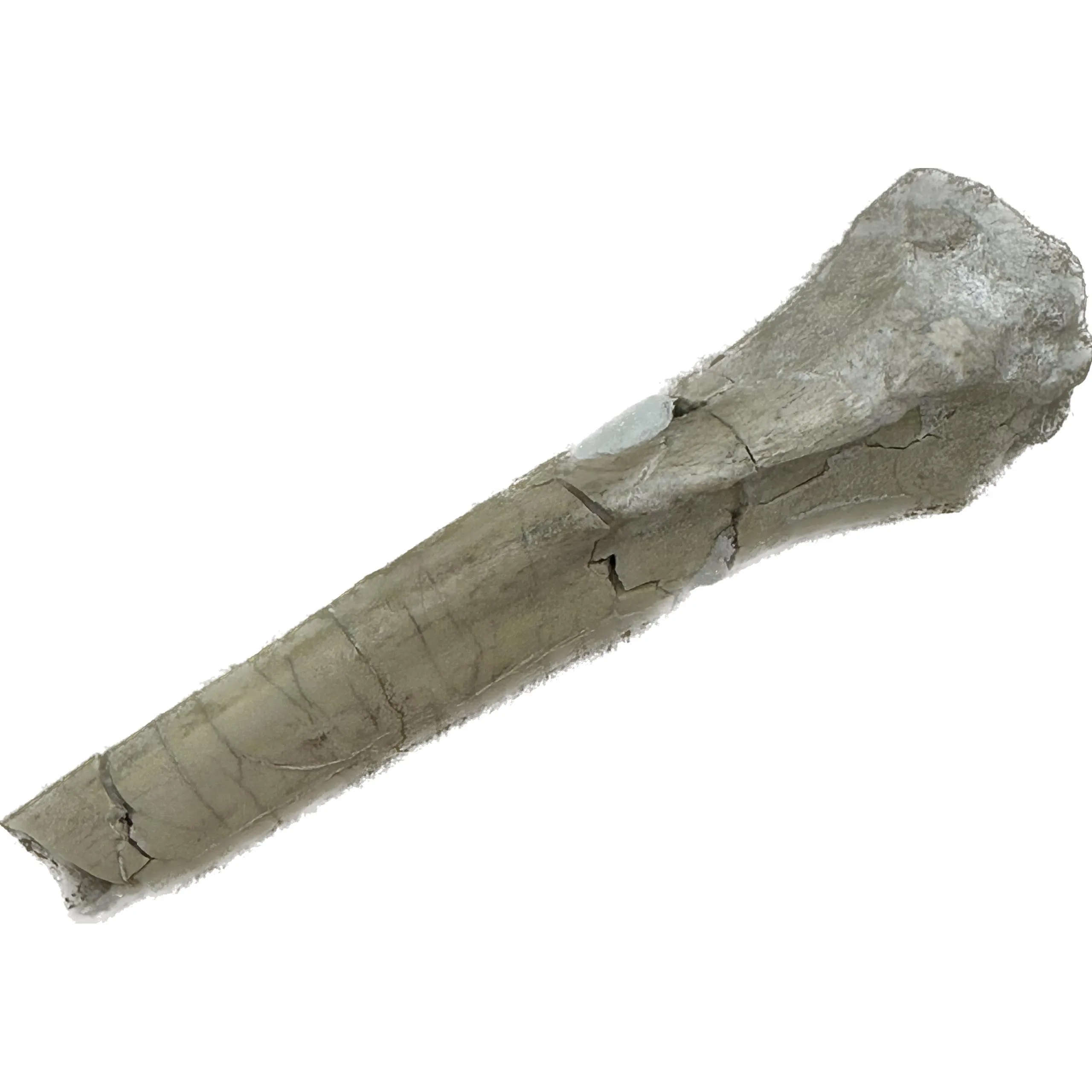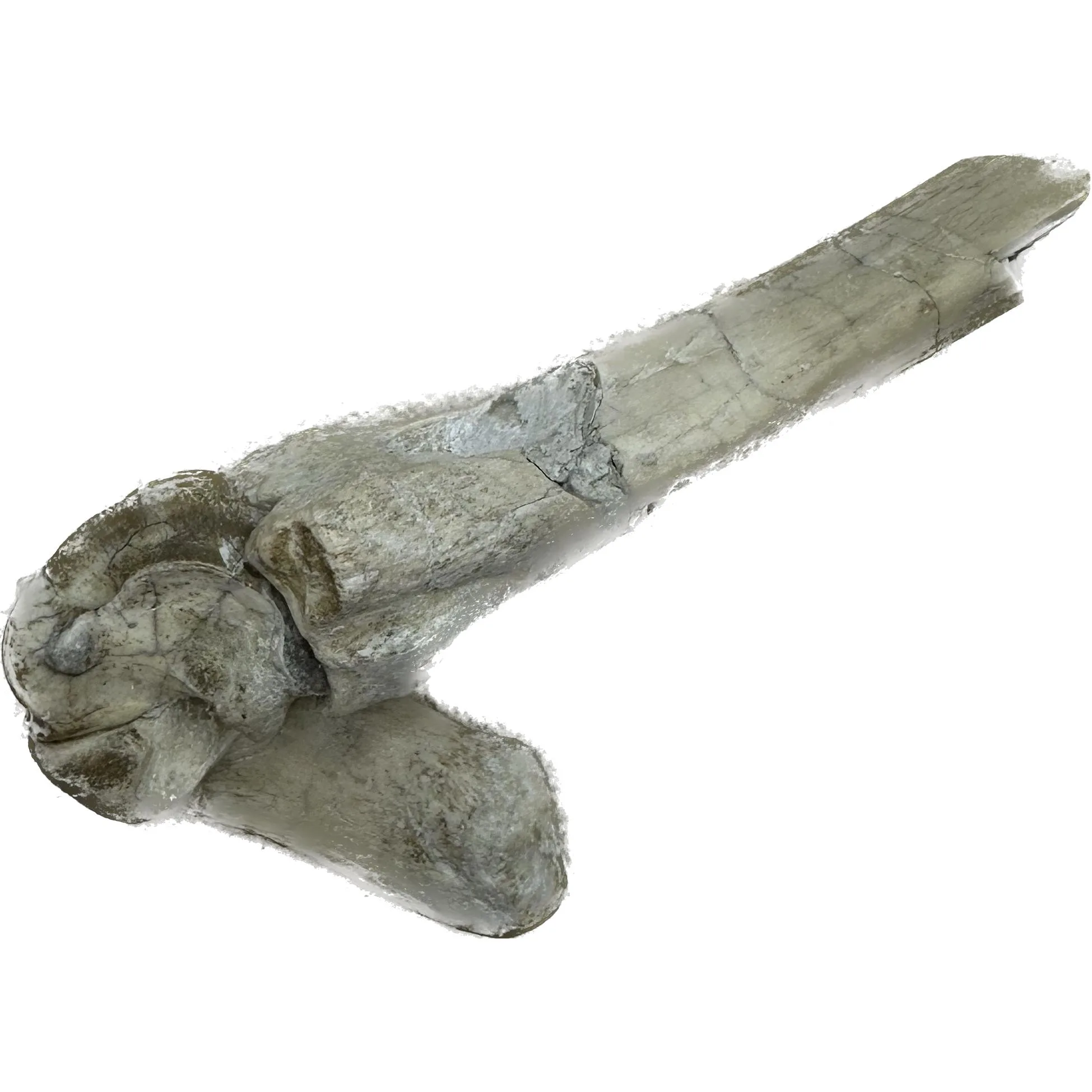Showing all 24 results
Ice age horse fossils provide a captivating window into the ancient world, offering valuable insights into the evolution and ecology of these majestic creatures. Throughout the Pleistocene epoch, spanning from roughly 2.6 million to 11,700 years ago, various horse species roamed across expansive territories in North America, Europe, and Asia, adapting to a range of environments from grasslands to tundra.
Among the most renowned species of ice age horses is Equus ferus, the ancestor of modern horses. These horses typically boasted smaller statures compared to their contemporary counterparts, with robust builds and adaptations suited for cold climates. Fossil evidence suggests they sported thick fur coats and potentially exhibited distinct coloration patterns to blend into their surroundings and evade predators.
Ice age horse fossils have been unearthed from diverse locations worldwide, including the famed tar pits of Rancho La Brea in Los Angeles, California, and the permafrost of Siberia. Additionally, significant discoveries have been made in Florida, where fossils reveal a unique population of horses adapted to the subtropical climate of the region.
The extinction of ice age horses aligned with the conclusion of the Pleistocene epoch, coinciding with substantial environmental changes such as rising temperatures and the expansion of human populations. Overhunting by early humans, alongside habitat loss and competition with other herbivores, likely contributed to the demise of many ice age megafauna, including horses.
Examining ice age horse fossils enables scientists to reconstruct ancient ecosystems and comprehend the factors influencing the evolutionary trajectory of these iconic animals. By synthesizing clues from the fossil record, researchers piece together the narrative of how horses adapted to shifting environments over millennia, laying the groundwork for their survival and evolution into the modern equines we recognize today.

